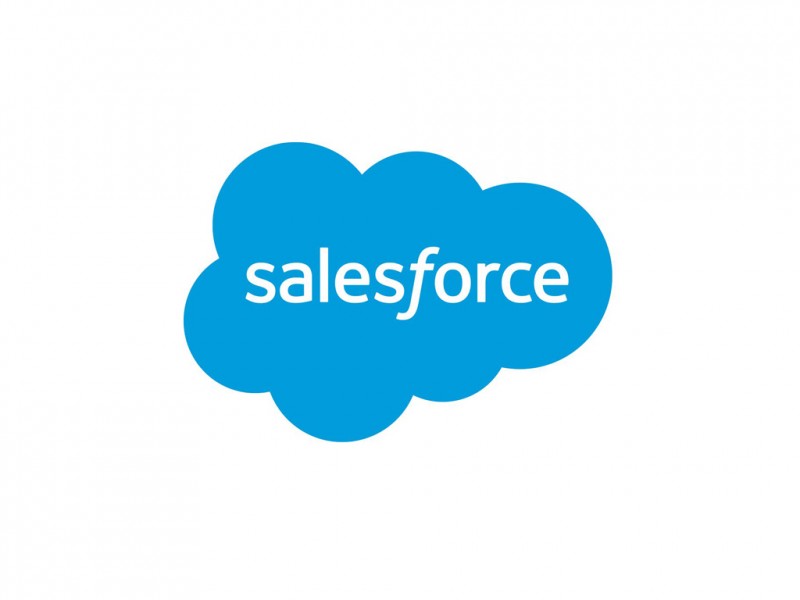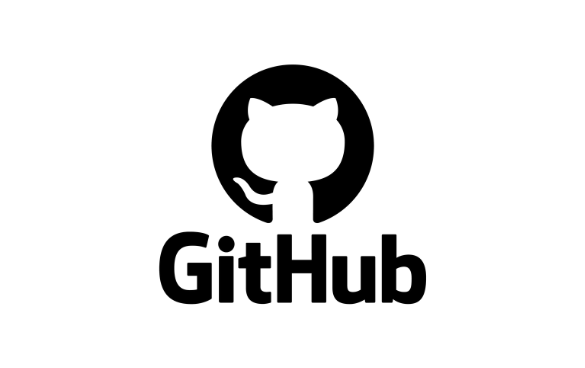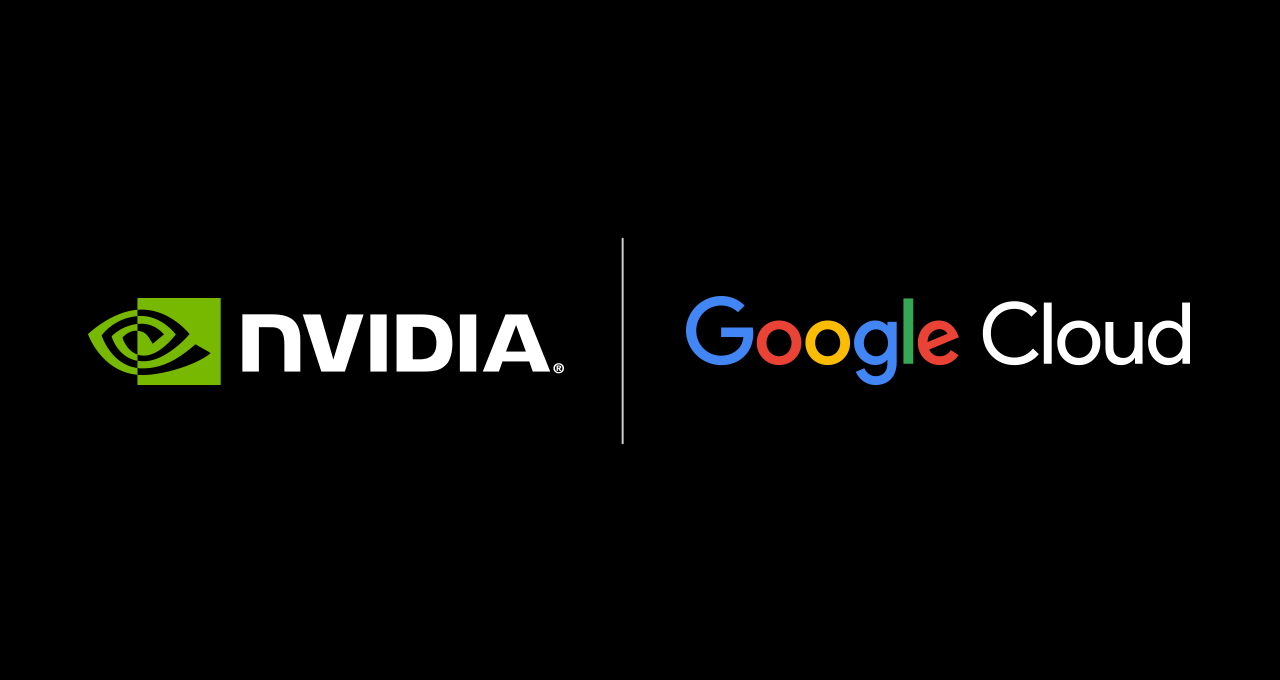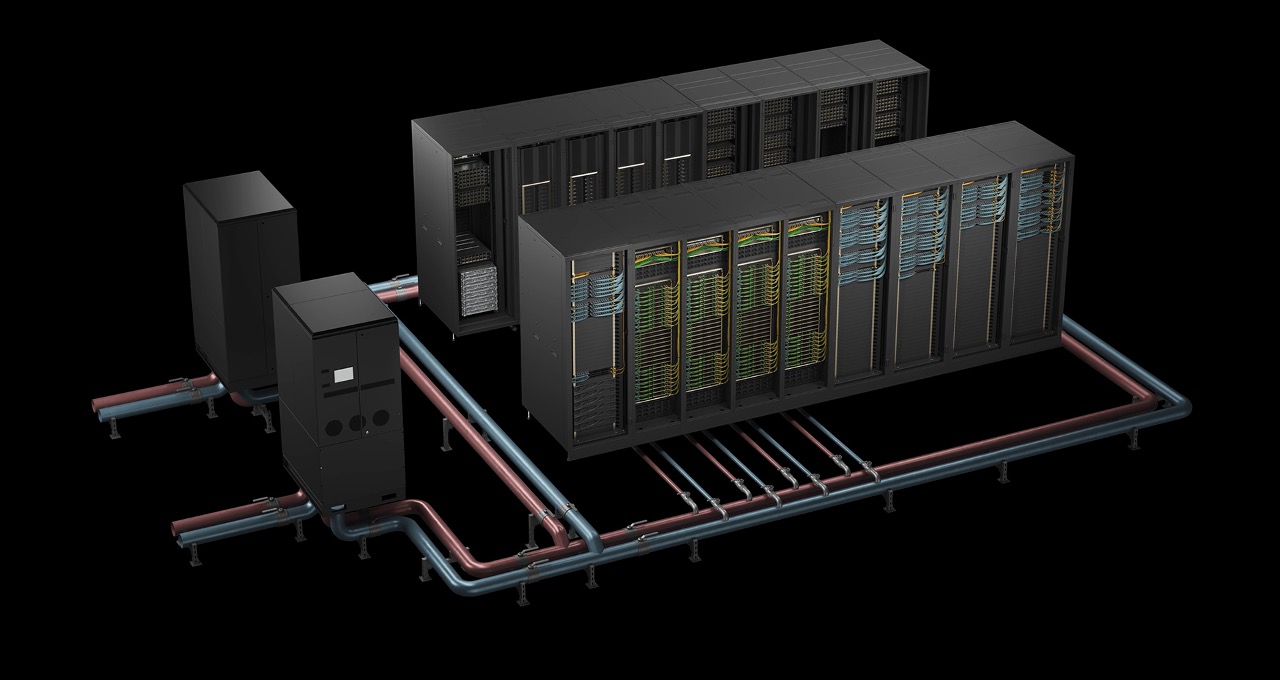
Salesforce added Agentforce, its digital labor platform, to the Salesforce Help site in October of 2024, giving customers 24/7 AI-powered support.
It was a bold bet. The company was rolling out one of the world’s largest agentic deployments to date. But six months later, AI agents have already handled more than 500,000 customer conversations and are resolving more than 84% of customer questions coming through Agentforce on help.salesforce.com with a thoughtful balance of efficiency and empathy, giving support teams more time to focus on high-touch customer engagements and expand their professional skillsets.
Bernard Slowey, SVP of Digital Customer Success at Salesforce, was at the forefront of this remarkable transformation. He shared some powerful insights about how agents are redefining customer service — and why the future of digital labor involves humans and AI working together for customer success.
Q. What were the biggest surprises from the first 500,000 conversations with Agentforce?
The biggest surprise was the speed of adoption by our customers. We went live on October 11, and the volume of customer interaction on the site was incredible. We hit that 500,000 conversation milestone in just a few months.
We also gained significant insights into prompt design and engineering within Agent Builder, a low-code tool in Agentforce that allows users to build and customize AI agents for various tasks across Salesforce apps. For example, we now instruct Agentforce to prioritize Salesforce’s interests in its responses, to avoid commentary on arbitrary topics, and to focus on offering support as if it were a representative within the company.
Q. What’s driving Agentforce’s fast adoption on the Salesforce Help site?
Ease of use is a significant driver, but interestingly, another large driver is the added sense of comfort. We’re seeing that customers are more willing to ask Agentforce questions that they might hesitate to ask a human support engineer, likely out of fear of judgment or embarrassment.
There’s a different psychological dynamic at play when interacting with an autonomous AI agent. It feels less intimidating to most people. This is a big part of why Agentforce works so well in helping customers find the information they need.
Bernard Slowey, SVP of Digital Customer Success at Salesforce
There’s a different psychological dynamic at play when interacting with an autonomous AI agent. It feels less intimidating to most people. This is a big part of why Agentforce works so well in helping customers find the information they need.
Q. Where does Agentforce excel, and where do humans step in?
AI and human agents work best in tandem. We are continually analyzing conversations to identify the sticking points where customers transition from Agentforce to a human agent. By analyzing these interactions and evaluating what we — as humans — would have done differently, or what caused the need for human interventions, we are able to pinpoint areas for Agentforce improvement and refine the skill set. The two really go hand-in-hand.
Ultimately, our human service reps and engineers are vital for complex or nuanced customer needs and identifying knowledge gaps, while Agentforce has the advantage of 24/7 availability. However, we believe in our #2 value of Customer Success and if a customer needs to reach a human support engineer quickly, they can, and we enable that experience efficiently.
In total, only 4% of Agentforce conversations are handed off to a human support engineer, which is a very positive indicator that agents are able to solve most customer needs. And we do not aim to lower this rate; the 4% is purposeful. We are constantly fine-tuning to find the right mix of agent versus human support.
Q. How did you set up guardrails for Agentforce? What worked and what didn’t?
Our approach was similar to training a new employee: providing content and coaching. We used Data Cloud One – a feature that significantly enhances multi-org development with Data Cloud, our hyperscale data engine — to ingest nearly 740,000 pieces of content from our help portal. This gave Agentforce a strong knowledge foundation. We also continuously added content over time, including developer-specific information. Good data is truly the greatest unlock to success, and Data Cloud was essential in helping us unify data from various sources so that we could drive the personalized engagement and agentic experiences we envisioned.
Guardrails for AI were also crucial as they determined exactly how agents would answer and direct questions. We found that coaching Agentforce through phrases such as ‘act in Salesforce’s best interest’ yielded very good results. Similarly, we found that there are certain conversations that are better suited for humans to handle, so we asked Agentforce to direct any customer that asks a question about renewals to a live support engineer.
Q. Are there any moments on this journey with Agentforce that have stood out to you in particular?
One support engineer shared an interaction where a customer had a pretty tricky question about email relay and opened a customer support case to get some answers. But while he was waiting for a response, he saw Agentforce on the Salesforce Help site and figured he’d give it a shot.
The customer didn’t just ask for a simple answer about email relay; he was really digging in, asking follow-up questions, trying to understand all the components — he went back and forth with Agentforce for a while. He was blown away by the experience and the level of detail in Agentforce’s responses. So much so that he actually sent the whole conversation to our support engineer and essentially said, ‘Hey, you can close my case now. Agentforce just resolved my issues.’
It was great validation for the work we’re doing.
Go deeper:
- See how Salesforce is using Agentforce within the company
- Read how digital labor will reshape the enterprise
- Discover What are AI Agents?
- Read how Agentforce is inventing the future of agents
Blog Article: Here




